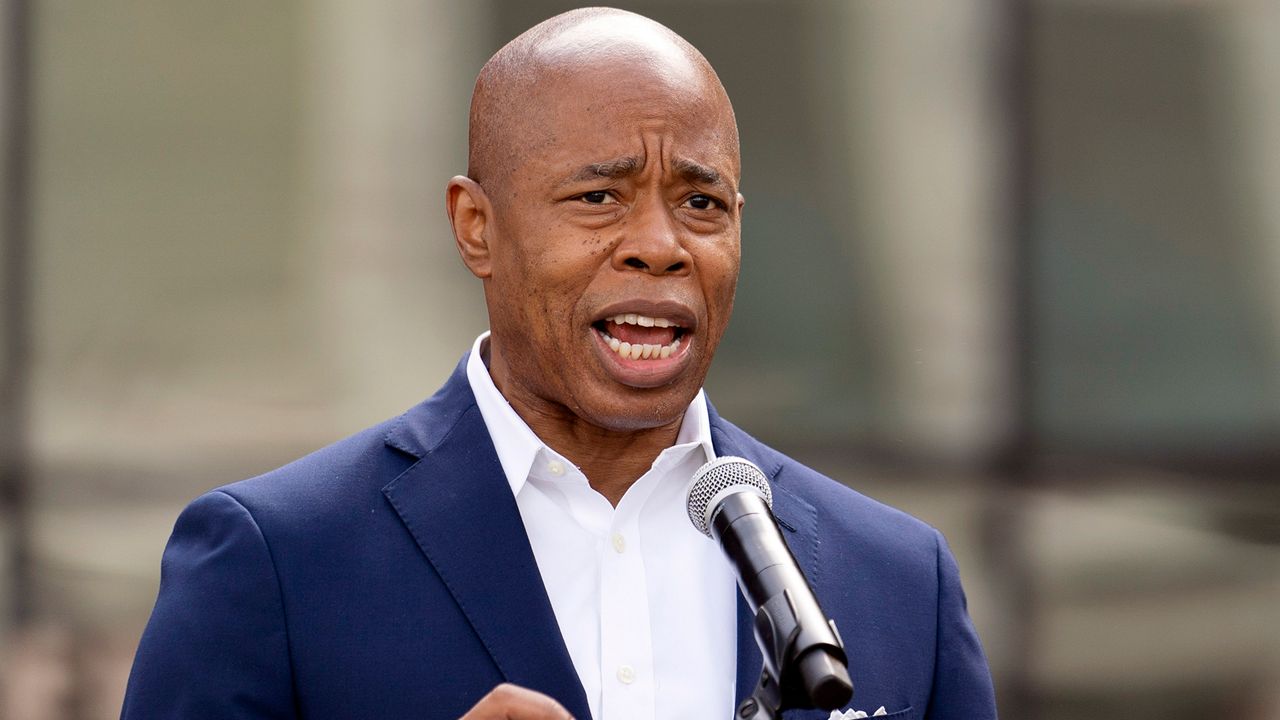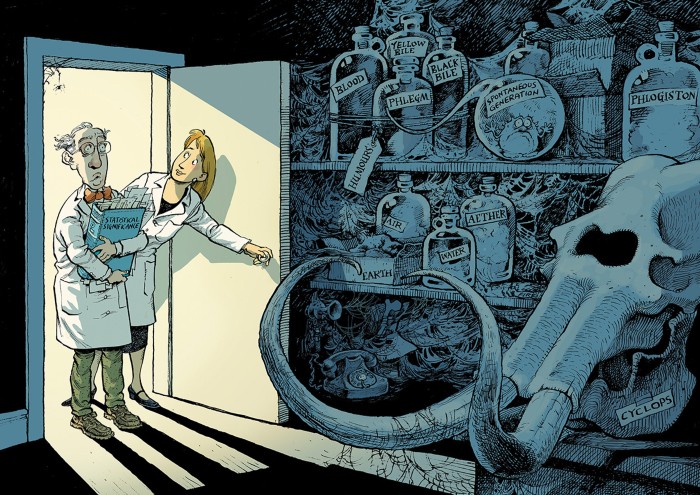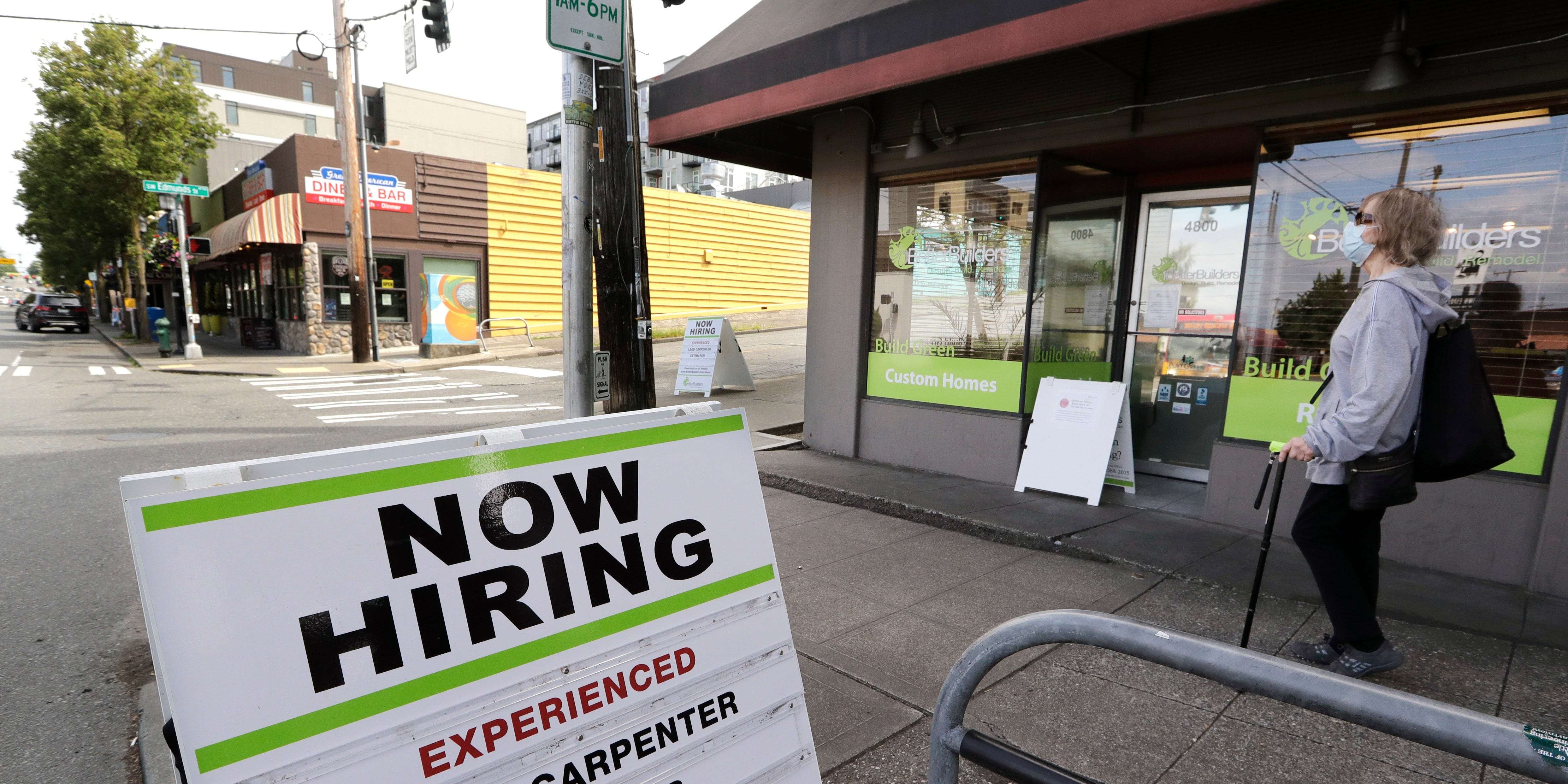
Adam Kinzinger
Dear Commons Community,
Republican Congressman Adam Kinzinger was interviewed over the weekend by New York Times Magazine columnist David Marchese. He comments on the moral failure of Republicans, the Big Lie, and the January 6th insurrection. Below is the entire interview. We surely could use a few more Kinzingers in the Republican Party.
Tony
———————————————————————————————————————-
Since the horrifying events at the Capitol on Jan. 6, Representative Adam Kinzinger of Illinois has been a consistent, if lonely, Republican voice speaking out against the big lie that the presidential election was stolen from Donald Trump. After the sidelining of Representative Liz Cheney from leadership, Kinzinger, a 43-year-old Air Force veteran who was first elected to the House in 2010, was further entrenched as one of the most influential sitting Republican politicians willing to regularly and publicly denounce that dangerous fiction. Inhabiting that position is just about the last thing Kinzinger ever imagined his job would entail. “I made the decision early in my career that I would be willing to take a potentially career-ending vote,” says Kinzinger, one of 10 House Republicans who voted to impeach Trump for inciting the attempted insurrection. “But I thought that vote would be for something like a Social Security reform bill. I never thought it would be for defending democracy.”
How does it feel to have your job these days? I could imagine there’s an even greater sense of purpose. I could also imagine it being demoralizing.
You pretty much nailed it. The job has changed because there is so much mistrust. Both within the party and between parties. But yes, there is a sense of aggressive purpose. On the one hand, it’s important for me to do what I’m doing and to speak out. On the other hand, you look around since the election and not many more people have joined me in speaking out about the big lie, and that is a little discouraging.
Have you had any meaningful communication with party leadership — Kevin McCarthy, Elise Stefanik, Steve Scalise — since Liz Cheney was voted out of her position?
No. I haven’t had meaningful communication since Jan. 6. Kevin gave a great speech the week after that, and then he went to Mar-a-Lago and charged the paddles and brought Trump back to life.
That’s the moment when I realized, Oh, man, this is a problem. You come to understand that when the party and party leaders talk about unity, and in the same breath say that Donald Trump is the leader of the Republican Party, what they’re talking about isn’t unity. They’re talking about capitulation. When under the guise of unity, you act like Jan. 6 was just whatever you want to make of it, that is capitulating to a false narrative and to a dangerous attack on democracy. I will certainly talk to Kevin if he wants to. But I don’t see how we’re ever going to come eye-to-eye on this until there is a recognition that we can’t be the party of insurrection.
What do you make of all the vacillating McCarthy did in regards to both Trump and Cheney? He took some seemingly positive steps and then walked them back.
It’s: “I want to be speaker, and whatever it is on a given day that I’ve got to do, I’ll do it.” Part of me doesn’t blame him, because he’s not going to be a senator, he’s not going to be governor. Being speaker is a huge deal. I think in his mind, once he’s speaker, he will be in a position to maybe lead the party differently. But the problem is that this is the moment where opinions of our base voters and our party are being baked in. This is the moment where history is being written as to whether something like Jan. 6 can happen again. I think he made the decision early on that he will take a fund-raising hit if he turns against Trump, that the Freedom Club will throw him under the bus. Had he done the Mitch McConnell — Who’s this guy Trump you speak of? — we probably as a party would be more moved on. But for him, it’s all about how you become speaker.
I saw an interview with Liz Cheney where she was asked about the recent G.O.P. moves to restrict voting. She said she didn’t see them as being in response to the big lie. Do you see a connection between stolen-election rhetoric and these new, more restrictive voting laws?
I’m going to both-sides this real quick. The Democrats made a huge mistake by calling the Georgia law Jim Crow. It wasn’t Jim Crow stuff. That was overreach to say that. I want a tight voting system in which only eligible people should be able to vote. I personally don’t think there’s anything wrong with voter-ID requirements. Anyway, let’s be honest about why all this is happening: It is a de facto acceptance of the big lie. If they were saying, “Look, we noticed that in mail-in voting, there was this challenge and that challenge,” that’d be one thing. But when they’re like, “We’re doing this because we don’t want another stolen election,” then that’s wrong. Anybody who is eligible to vote should be able to vote. It is also easier now for people to vote than it has ever been at any time in American history. You have mail-in voting, absentee voting, same-day voting, early voting. If you’re losing a race, it’s your fault. It’s not because all the people you don’t want to vote are voting.
You were in favor of establishing an independent commission to investigate the Capitol attack, which the Senate didn’t pass. One argument against it was that other investigations and subcommittees already looking into Jan. 6 made a new commission redundant. What other information were you hoping a commission might reveal?
You have this [expletive] narrative that it wasn’t an armed insurrection. Well, it takes two seconds to realize that nobody was arrested for carrying weapons that day because you had no place to put them. You couldn’t read them Miranda rights, and you couldn’t cuff them — because you were fighting to survive if you were a law enforcement officer. So we don’t know how many guns were there. We do know the Oath Keepers were talking about storing guns in Virginia. We do know that of the more than 500 cases that the D.O.J. has since filed, some 50 of them involved weapons, including bear spray, tasers, etc. So that would have been definitively laid out. I also want to know what members of Congress knew and were involved prior to this happening.
Do you suspect that some members of Congress were aware of what was going to happen that day and supported it?
I won’t name names, but yes, I do have that suspicion. I will say, if you just looked at Twitter — the whole reason I brought my gun and kept my staff home and told my wife to stay in the apartment was looking at Twitter. I saw the threats. When Lauren Boebert — I will call her out by name — tweeted “Today is 1776,” I don’t know what that meant other than this is the time for revolution. Maybe it was a dumb tweet that she didn’t mean. Fine. I’ll give her that credit for now. But if you have members of Congress who were involved in nurturing an insurrection, heck yeah, we need to know.
There’s a strain of contemporary Republican politicians — people like Lauren Boebert, Matt Gaetz, Marjorie Taylor Greene — who seem more about performative politics than policy. Do you ever have policy discussions with those folks? Or discussions at all?
No, not those. Marjorie Taylor Greene, I give her credit for probably achieving what she intended to achieve, which is: I don’t care about the damage I’m doing; I want to be famous and raise money. Congratulations. That’s not a serious legislator. She’s not on committees. She’s a freshman. No offense to freshmen, but I have no legislative need to have conversations with her. I also see what she’s doing as dangerous to the country, and so I have no need to be her friend. I’m not going to go sit down in a corner and convince her of my side. And if I do, then about 10 minutes later she’ll be taken over again by the desire to raise money. But I get along with the vast majority of the Republican conference. I think the vast majority agree with my position; they just aren’t speaking out. I don’t blame them all for that, but I wish more would.
Why wouldn’t you blame them for such cynical behavior?
When I say I don’t blame, I mean that I can understand. If you’re scared to tell the truth to people, I understand, but you need to find a different line of work. On something as existential as this, as threatening to the Constitution — my goodness. I understand that fear, but I do fully blame them. Because you signed up and ran for the job, and this job comes with tough times.
Do you believe there are ways in which Democrats could be more helpful in enabling more Republican lawmakers to feel they’re in a position to reject Trumpism?
Yeah. Let’s say a Republican member of Congress decides to turn against Trump; they’re going to be kicked out of their tribe. I know that feeling. But let’s quit playing this game on the left of “not enough, too late.” Because that’s when people are like, “Fine, then I’m just going to pick my tribe and stick with them.” As you move forward, it’s about how we address this challenge today, not by looking back. In my case, I didn’t vote for Trump in ’16. I voted for him in ’20. I would take that back if I could, but I had no idea there was going to be an insurrection or a threat to the legitimacy of an election. So let’s support folks that are going to go out and fight that challenge and not sit here and keep looking back and blaming. Because guess what, Democrats. Republicans will be in control sometime, maybe soon, and you and I would both much prefer saner Republicans than conspiracy-driven ones.
What’s your sense of whether Trump was sui generis or a particularly bad symptom of trends that had already been going on in the Republican Party?
The best analogy I can give: He’s like a gangrenous limb. But then that limb gets cut off, and now you don’t have a leg. He’s a symptom of what probably was about a quarter of the party that was always kind of conspiracy-driven but was generally suppressed by most normal Republicans. But everybody has fear in their heart, and when somebody, especially somebody in authority, speaks to the darkest parts of your heart, your fears, your racism — it gives you permission to let those things overtake you. That’s what happened with a lot of the rest of the party.
Do you have ideas for how, just in people’s day-to-day lives, we could be talking to one another about politics without descending into vitriol? Or put another way: How do we avoid getting into a situation like the one you wound up in, where members of your own family are sending you a letter accusing you of doing the devil’s work?
First off, it’s a big failure of the church. There are lots of great pastors, but there are a lot that have failed their flock and convinced them that prophecy said Trump would get back in office and all that kind of stuff. But here’s a start: If you’re on the right and don’t have a friend from the left, go make one. And if you’re on the left and don’t have a friend from the right, go make one. Talk about your fears. Everybody’s fear is the same: There will be no place for me in this country. If a liberal hears a conservative say, “No, we do want you here,” and a conservative hears a liberal say, “You may be a crazy conservative, but I still want you here” — that’s how you start to build trust.
What caused that failure on the part of some pastors?
When you spend your day thinking about good versus evil and, to you, abortion is the ultimate evil and, in your mind, Donald Trump did good things on abortion, then nothing else matters. You can convince yourself that God has said to tell your flock that on Jan. 6, he’s going to be reinstated. But as I’ve gotten to study in the New Testament, I don’t think Jesus ever talked about the government. The only thing he ever said about that was to give Caesar that coin and give God his coin and live your life. His teachings weren’t about overthrowing the government.
Are you hopeful that, moving forward, more evangelical Christians will give as much credence, politically speaking, to teachings about grace and forgiveness as about literally demonizing political opponents?
Look, there are a lot of great churches. But those that are saying Adam Kinzinger took pieces of silver from Nancy Pelosi because I voted to impeach Trump — Franklin Graham said that. I look at it as two things. No. 1, I do sense a chilling out a little in the community, particularly from the younger generation. And second, the whole point of Christianity is that we are flawed people and despite those flaws are loved. But I’m going to tell you: If I were the devil, the best thing I could do is use the church to do exactly what’s being done with spreading all these conspiracy theories and stuff and try to discredit it that way.
Are politicians who knowingly perpetuate the big lie committing a sin?
That’s between them and God, but I think God probably wouldn’t be cool with it.
Let’s pretend we live in a fantasy land where we could ignore all the things we just discussed. What are the other issues that you wish more people were paying attention to?
America’s role in the world. Everything we have that’s of benefit was a result of us understanding that defending freedom matters, defending democracy. It’s giving hope and opportunity outside our shores. That’s how you defeat terrorism, not through a gun — though there’s a place for that. Also, the rise in competition with China is a little frightening. And since we are in this political environment, I would say internal division is actually the thing that I fear the most right now. I jokingly say — but I’m not really joking — if China nuked California, a lot of Republicans would be like, “Good, we can win.” And if they nuked Texas, there might be a lot on the left saying, “Good, we can win.” I say that facetiously, but that’s how it feels at moments, and that’s a big concern.










/cdn.vox-cdn.com/uploads/chorus_asset/file/19849323/GettyImages_147808438_scaled.jpg)

